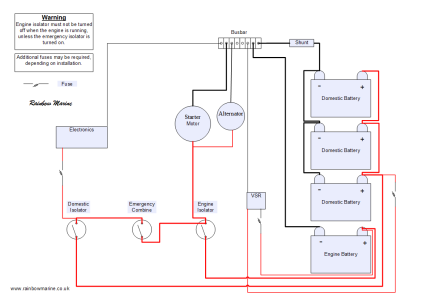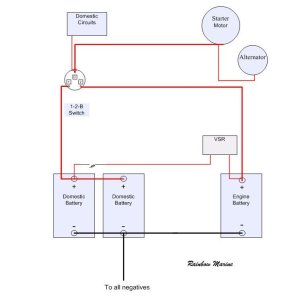Andrew_Trayfoot
Well-Known Member
Interesting.Doesn't need to warm up. Any current in any wire will cause a voltage drop (it is called Ohm's Law). In rush current in a starter motor is said to be about 8-10x the normal current so can easily be above 500A for a couple of seconds. That will cause a voltage drop of more than 1V for every metre of cable (with 16mm cable that is undersized).
It is always amusing people telling me it can't happen when I have seen it for myselfIn my case my GPS has reported a voltage of 9.6V when the engine is starting.
This one will run and run!


